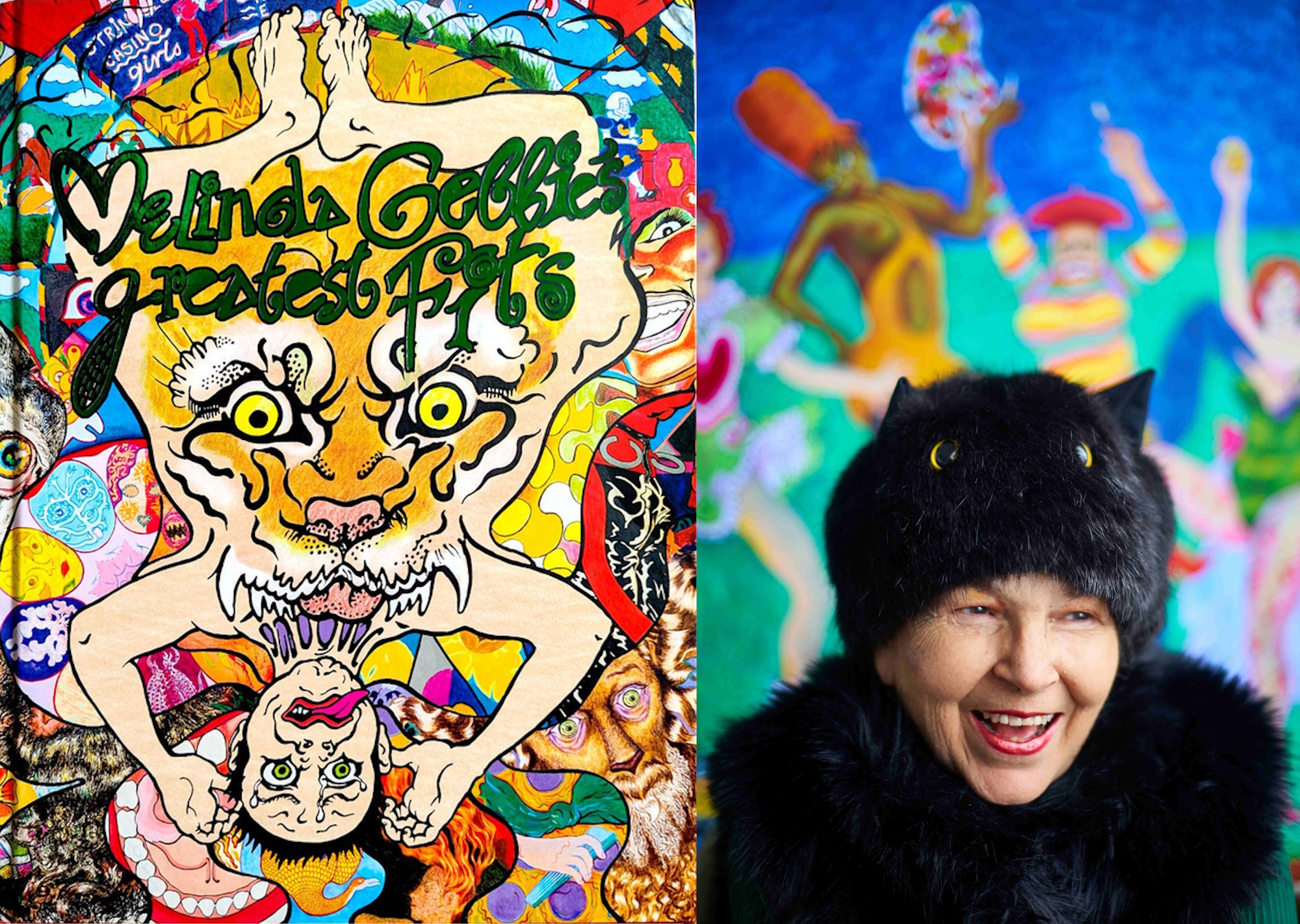Shin Godzilla has had a very successful re-release in North American theaters, as fans are no doubt aware, but it’s not done yet. The film was initially released in 2016, the first major live-action Godzilla film from Japan in twelve years. Shin Godzilla originally accumulated $1.9 million during its limited run in North America in 2016. The movie’s re-release in August 2025 earned $2.4 million in just four days, an impressive step-up from its original opening. GKIDS will continue Shin Godzilla‘s box office presence by re-releasing the movie in a different format. Toho and GKIDS have announced Shin Godzilla: ORTHOchromatic, a new version of the film that is entirely in black and white.
Shin Godzilla: ORTHOchromatic is similar to Godzilla Minus One Minus Color, a re-release of the Academy Award-winning Godzilla movie in black and white. These colorless versions of modern Godzilla films aim to evoke the same feeling and atmosphere as the original 1954 Godzilla film, which was also shot in black and white. These black and white rereleases offer a new way to view the motion pictures, highlighting certain aspects of the films that were unrecognizable in color. GKIDS re-released the colored version of Shin Godzilla in early August to promote the upcoming 4K Disc release of the film. Shin Godzilla: ORTHOchromatic is scheduled to open in the US and Canada on August 31st.
What to Know About Shin Godzilla: ORTHOchromatic
Play video

Neon Genesis Evangelion co-creator Hideaki Anno co-directed Shin Godzilla with Shinji Higuchi. Anno is known for her cerebral storytelling, which connected with audiences through the Evangelion series. With Shin Godzilla, Anno and Higuchi delivered a movie that dealt with government incompetence, a clear metaphor for the Japanese government’s response during the many disasters of the early 2010s, specifically the 2011 nuclear disaster in Japan. In Shin Godzilla, Godzilla is an organism that naturally evolves to overcome environmental obstacles. Godzilla evolves multiple times in the film, originally presented as a floundering sea monster that couldn’t keep its head upright before transforming into the horrific version of the Godzilla monster we all know and love.
The bureaucracy of the Japanese government didn’t allow anyone to respond to Godzilla in time, leading to the King of the Monsters evolving sufficiently to become powerful enough to destroy Tokyo. While Shin Godzilla received positive reviews from fans worldwide, the film resonated more with Japanese audiences, who identified with dealing with the fallout of a government unwillingness to react before it’s too late. Despite Shin Godzilla’s success in Japan, no new Japanese Godzilla movie would be made until 2023’s Godzilla Minus One, which became the highest-grossing Godzilla motion picture worldwide.
Although initial talks for a Shin Godzilla sequel seemingly stalled, Toho has recently revealed that it is potentially working on a sequel in the wake of Minus One‘s massive success. Meanwhile, a sequel for Godzilla Minus One has already been confirmed, with director Takashi Yamazaki returning to helm the new entry. Whereas Shin Godzilla was a criticism of the modern-day Japanese government, Godzilla Minus One was about a post-war Japan, focusing more on survivor’s guilt and humanity’s will to live in the face of hardships.







